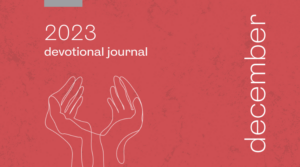Deeper ReflectionPaul’s grand portrait of love in 1 Corinthians 13 is not that of
human love – albeit it was meant for the divisive Corinthians to
learn and practise among themselves – but divine love. God is
love and we are to love as God loves us (1 Jn 4:8; Eph 5:1-2). In painting
the characteristics of the love of God, Paul begins with
patience –
“Love is patient” and
kindness – “love is kind” (1 Cor 13:4). “In Pauline
theology” patience and kindness “represent the two sides of the divine
attitude toward humankind”
42 . God’s patience is loving patience and God is lovingly kind.We see these two sides of the divine attitude toward Nebuchadnezzar.
Nebuchadnezzar to be “be driven away from mankind” and “be given
grass to eat like cattle” is “the decree of the Most High” (v.24). The
divine “decree” means there is no turning back of God’s intention. It
is a divine necessity. But, while there is no turning back for the divine
“decree”, there is the possibility of turning back for Nebuchadnezzar.
For in God’s dealings with Nebuchadnezzar there is the divine patient
“
until” – “until you recognise that the Most High is ruler over the realm
of mankind” (v.25). And there is also the
divine kind “after” – “after
43
you have recognised that it is Heaven that rules”, along with the
divine
gracious “be assured”– “your kingdom will be assured to you” (v.26).Paul sees God’s grace in this way: “the
immeasurable riches of His
grace in kindness toward us in Christ Jesus” (Eph 2:7), “which He
lavished on us” (Eph 1:7-8a). Are you overwhelmed by God’s grace?
42 Gordon D. Fee, The First Epistle to the Corinthians, The New International Commentary on the New Testament
(Eerdmans, 1987), 636
43 “When” in some translations

